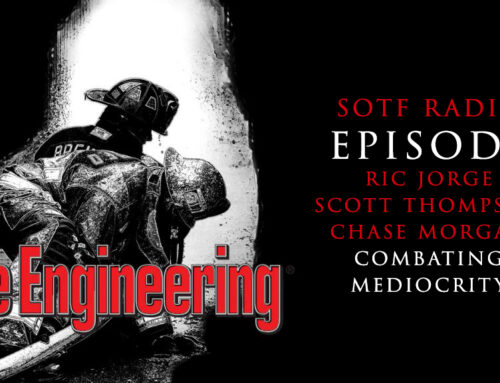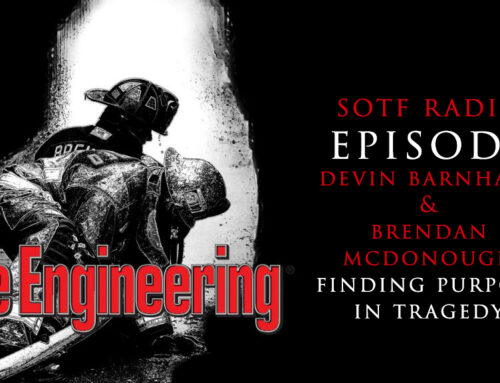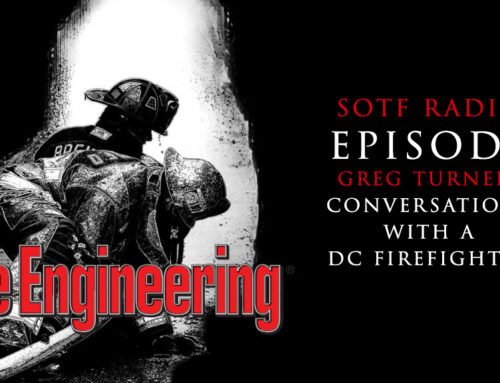Severe burns lead to decreased pulmonary function and impaired aerobic capacity for long periods post-injury. Low-level laser therapy is a modality utilized to improve aerobic capacity, enhance exercise performance and increase time until fatigue when utilized before aerobic exercises.
This work aims to determine the impacts of pre-exercise low-level laser therapy on aerobic capacity in burn cases.
Sixty adults burned cases of both sexes, aged from 25 to 40 years, with second-degree healed thermal burns, and the total burned body surface area ranged from 20 to 40% participated in this study after complete wound healing. They were randomly categorized into two groups of equal numbers. The study group received low-level laser therapy before aerobic exercises, three sessions/week for 12 weeks, while the control group performed aerobic exercises three times weekly for 12 weeks. All cases received the routine physical treatment program. Aerobic capacity was assessed for both groups by measuring maximum oxygen consumption and time to exhaustion at baseline and twelve weeks following interventions.
There was a statistically significant rise in the mean values of maximum oxygen usage and time to fatigue after 12 weeks of treatment in both groups. However, after comparison, the improvements in the study group were statistically significant than those in the control group with (p < 0.01), (p < 0.05) respectively.
Low-level laser therapy has a beneficial therapeutic impact on promoting aerobic capacity, improving maximum oxygen consumption, and increasing treadmill time in burned cases when preceding aerobic exercises.




